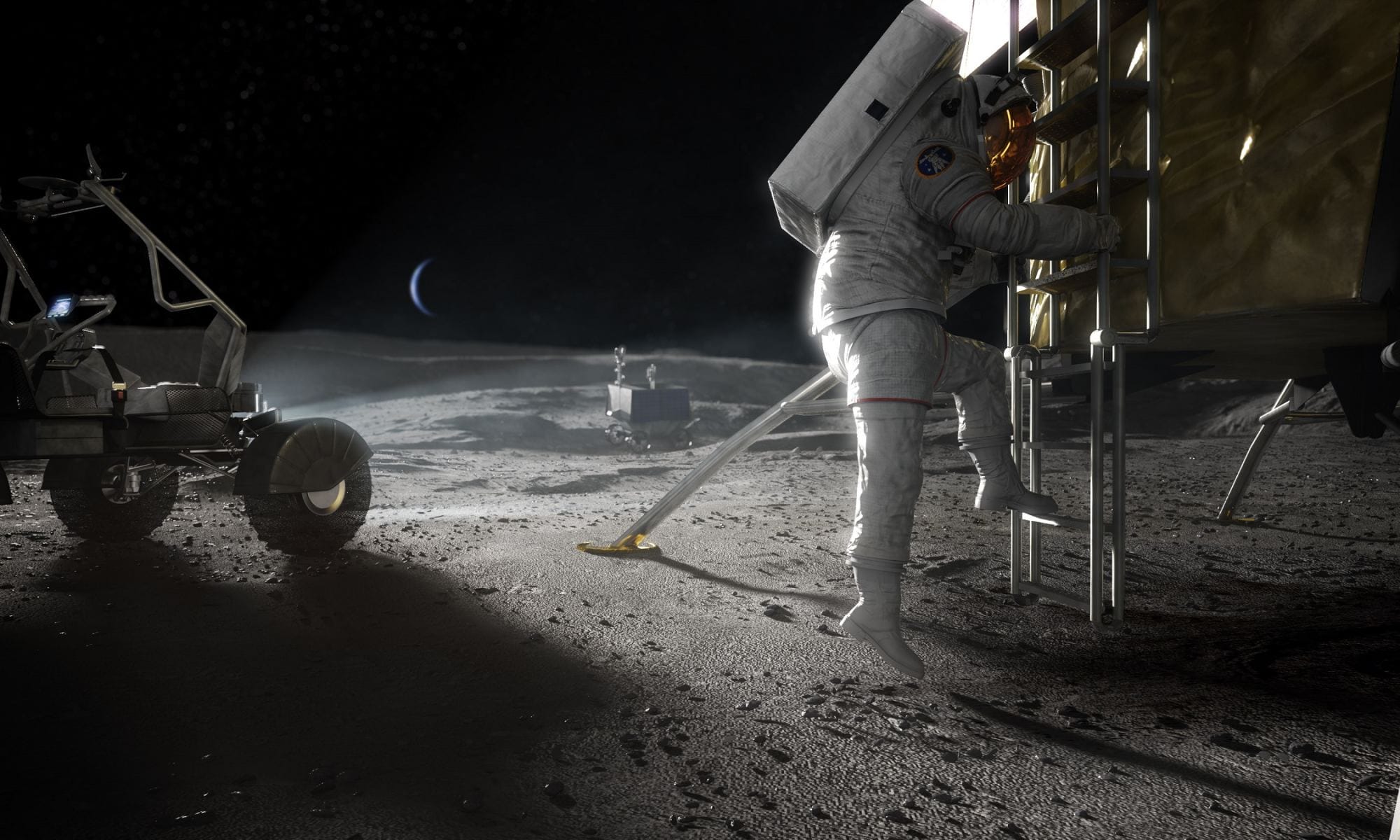Headline: Twin Satellites to Simulate Solar Eclipses for Unprecedented Sun Study
Excerpt: A groundbreaking mission is set to launch a pair of satellites that will create artificial solar eclipses, allowing scientists to study the sun’s corona in unprecedented detail. This innovative approach will provide valuable insights into the sun’s magnetic field, solar wind, and coronal heating.
Article:
Twin Satellites to Simulate Solar Eclipses for Unprecedented Sun Study
In a bid to unravel the mysteries of the sun, a team of scientists has embarked on an ambitious mission to launch a pair of satellites that will create artificial solar eclipses. This innovative approach will enable researchers to study the sun’s corona in unprecedented detail, providing valuable insights into the sun’s magnetic field, solar wind, and coronal heating.
The twin satellites, scheduled to launch in the near future, will be positioned on opposite sides of the Earth, allowing them to create artificial eclipses by blocking the sun’s light. This will create a temporary “eclipse” that will last for several minutes, providing scientists with a unique opportunity to study the sun’s corona without the need for a natural eclipse.
The corona, the outer atmosphere of the sun, is a region of intense interest for scientists. It is here that the sun’s magnetic field is strongest, and where solar flares and coronal mass ejections (CMEs) originate. However, studying the corona is a challenging task due to the intense brightness of the sun’s surface, which makes it difficult to observe the corona directly.
The artificial eclipses created by the twin satellites will allow scientists to study the corona in unprecedented detail, using specialized instruments designed to capture the faint light of the corona. By analyzing the data collected during these artificial eclipses, researchers hope to gain a better understanding of the sun’s magnetic field, solar wind, and coronal heating.
One of the primary goals of the mission is to study the sun’s magnetic field, which plays a crucial role in shaping the sun’s behavior. By understanding the magnetic field, scientists hope to better predict space weather events, such as solar flares and CMEs, which can have a significant impact on Earth’s magnetic field and satellite communications.
In addition to studying the sun’s magnetic field, the mission will also focus on understanding the solar wind, a stream of charged particles that emanates from the sun. The solar wind plays a crucial role in shaping the Earth’s magnetic field and is responsible for the formation of the aurora borealis, or northern lights.
The mission will also investigate coronal heating, a phenomenon in which the sun’s corona is heated to temperatures of millions of degrees, despite being much cooler than the sun’s surface. By understanding coronal heating, scientists hope to gain insights into the sun’s internal dynamics and the processes that drive its behavior.
The twin satellites will be equipped with state-of-the-art instruments, including coronagraphs, spectrometers, and polarimeters. These instruments will allow scientists to capture high-resolution images of the sun’s corona, as well as measure the polarization and spectral properties of the light emitted by the corona.
The mission is a collaborative effort between scientists from around the world, with teams from the United States, Europe, and Asia working together to design and build the twin satellites. The mission is expected to provide a wealth of new data and insights into the sun’s behavior, and will pave the way for future missions to study the sun and its impact on the Earth.



